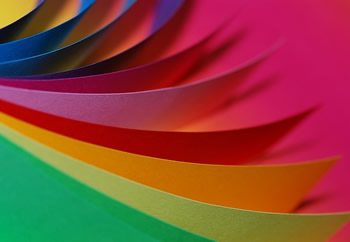Or search by topic
Number and algebra
Geometry and measure
Probability and statistics
Working mathematically
Advanced mathematics
For younger learners
Paper Partners




You will need some different sizes and colours of paper to begin this task - three different sizes and perhaps two or three different colours.
With a partner, decide how you would describe each piece of paper. You might like to think about the words you would use to describe the size and the colour of it.
Take it in turns to ask your partner to give you a particular piece of paper by describing it (no pointing allowed!). For example, "Please pass me the large blue piece of paper"; "I would like the small red piece of paper".
Next try making a pattern with two of the pieces and then ask your partner if they can copy it.
For an extra challenge you could describe the pattern to your partner (without showing them) and then ask them to make it. For example, "Put the small blue piece of paper on top of the large red piece of paper so that they are the same way round."
We would love to see photos of your patterns and to know how you described them!
You may also like
Let's Investigate Triangles
Vincent and Tara are making triangles with the class construction set. They have a pile of strips of different lengths. How many different triangles can they make?

